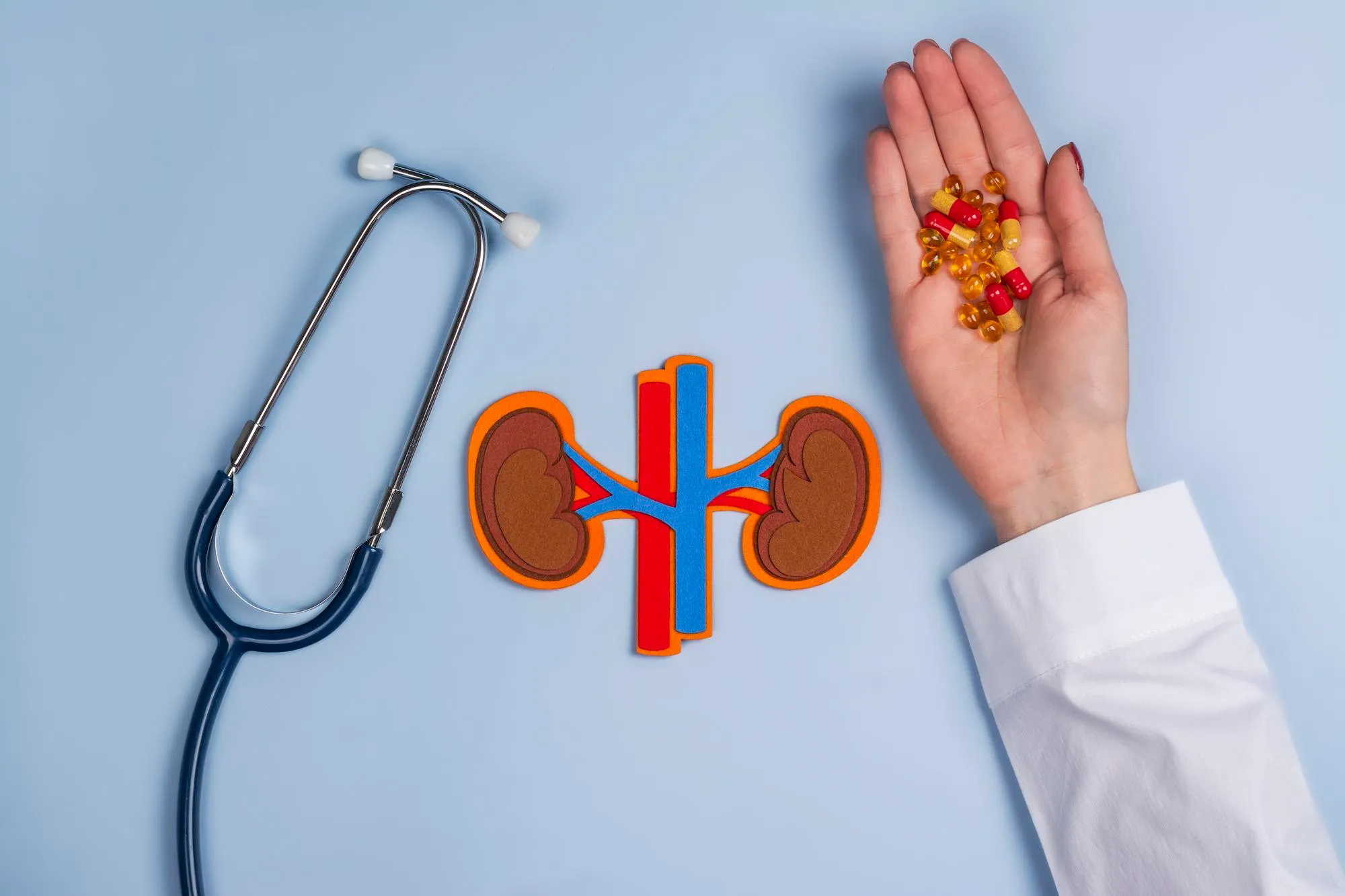Keywords
1. Renal Cell Carcinoma
2. BioScore
3. Prognostic Biomarkers
4. Cancer-Specific Mortality
5. SSIGN Score
Introduction
The quest for refined prognostic indicators in the treatment of renal cell carcinoma (RCC) is an ongoing challenge within the field of urologic oncology. BioScore—a biomarker-based scoring system—has been proposed as an innovative method to gauge cancer-specific outcomes by factoring in the immunohistochemical expression levels of B7-H1, survivin, and Ki-67 in tumor tissues. In a groundbreaking study, researchers sought to externally validate the BioScore and measure its predictive ability against established prognostic models. This article delves into the study’s implications, grounds these findings within the broader context of RCC treatment, and evaluates the current state of prognostic modeling.
DOI: 10.1016/j.urolonc.2019.04.004
Methodology
Led by Georg C. Hutterer of the Medical University of Graz and his colleagues across various institutions, the research team undertook an external validation study, published in ‘Urologic Oncology,’ to assess the prognostic capability of BioScore. The study recruited 393 patients with nonmetastatic RCC who had undergone radical nephrectomy or nephron-sparing surgery between 1999 and 2004. Utilizing a range of statistical tools—such as Kaplan-Meier estimators, the log-rank test, and Cox regression models—the team conducted an in-depth analysis of BioScore’s association with cancer-specific mortality (CSM) during a median follow-up period of 7.8 years. The benchmark for comparison was the Mayo Clinic stage, size, grade, and necrosis (SSIGN) score, an established prognostic tool with a robust track record.
Results
The gatherings from the study revealed mixed outcomes. BioScore’s association with CSM was somewhat apparent in univariable analysis. Still, the alleged predictive capability seemed to dissolve when other adverse factors, encapsulated by the SSIGN score, were accounted for. In a direct comparison of both predictive models, Harrell’s C-index marked BioScore’s performance as very modest (C-index = 0.60), falling short of the SSIGN score’s superior discriminative performance (C-index = 0.81). Furthermore, the integration of BioScore failed to enhance the prognostic accuracy of the SSIGN score.
Discussion
The pursuit of individualized patient care in RCC hinges on the development of reliable prognostic tools. Biomarkers such as B7-H1 (PD-L1), survivin, and Ki-67 offer a glimpse into cellular processes such as immune evasion, apoptosis, and proliferation—key hallmarks within cancer biology. However, Hutterer et al.’s study underscores the complexity of translating molecular insights into clinical prognostication.
The study’s findings pose significant implications for the management of RCC. The apparent ineffectiveness of BioScore as an autonomous prognostic model calls for cautious interpretation. While an increased BioScore was statistically linked to higher CSM, the weak magnitude and lack of independence from other prognosticators suggest limited utility in clinical practice. This is particularly critical given the holistic decision-making approach required in RCC, where treatment decisions might range from surgery to targeted therapies.
The limitations of the study acknowledge the need for larger-scale validation and the exploration of additional biomarkers that might improve prognostic models. Others might view this finding as a prompt to revisit the scientific underpinnings and potential synergies between various biomarkers. The discrepancies between BioScore and SSIGN highlight the nuanced interplay between pathological and clinical data, advocating for a balanced approach that leverages both molecular markers and traditional clinical staging systems.
Conclusion
The research community’s zeal to enhance prognostic predictions in RCC is palpable. However, the spotlight now turns to refining the discernment and integration of biomarkers into clinical protocols. Although BioScore’s predictive potency has been questioned, its evaluation contributes to the richer understanding of RCC’s multifactorial nature.
The collective horizon in RCC care promises further exploration into molecular pathology, aimed at crafting intricate models of prediction that encompass genetic, environmental, and clinical variables. For now, the SSIGN score persists as a predominant tool, its lofty repute corroborated by comparative analytic rigor.
References
1. Hutterer, G. C., Posch, F., Buser, L., Zigeuner, R., Morshäuser, L., Otto, W., Wild, P. J., Burger, M., May, M., Pichler, M., & Brookman-May, S. D. (2020). BioScore (B7-H1, survivin, and Ki-67) does not predict cancer-specific mortality in surgically treated patients with renal cell carcinoma: An external validation study. Urologic Oncology, 37(7), 510-518. doi: 10.1016/j.urolonc.2019.04.004
2. Frank, I., Blute, M. L., Cheville, J. C., Lohse, C. M., Weaver, A. L., & Zincke, H. (2003). An outcome prediction model for patients with clear cell renal cell carcinoma treated with radical nephrectomy based on tumor size, stage, and grade: the SSIGN Score. European Urology, 44(6), 748-754.
3. Klatte, T., Rossi, S. H., Stewart, G. D. (2018). Prognostic Factors and Predictive Models in Renal Cell Carcinoma: A Contemporary Review. European Urology Focus, 4(5), 790-798.
4. Capitanio, U., & Montorsi, F. (2016). Renal cancer. The Lancet, 387(10021), 894-906.
5. Escudier, B., Porta, C., Schmidinger, M., Rioux-Leclercq, N., Bex, A., Khoo, V., Grünwald, V., Gillessen, S., & Horwich, A. (2019). Renal cell carcinoma: ESMO Clinical Practice Guidelines for diagnosis, treatment and follow-up. Annals of Oncology, 30(5), 706-720.
